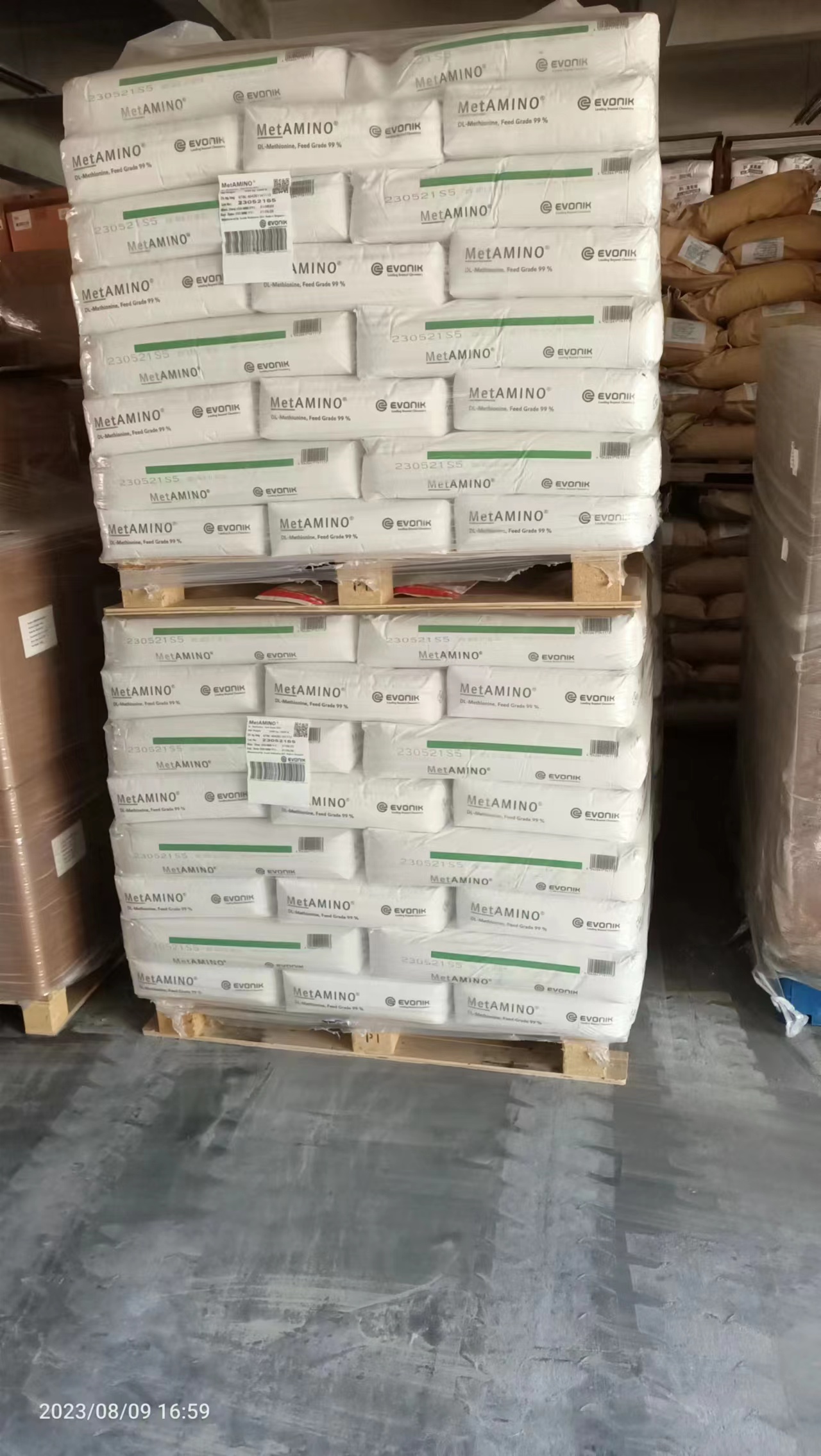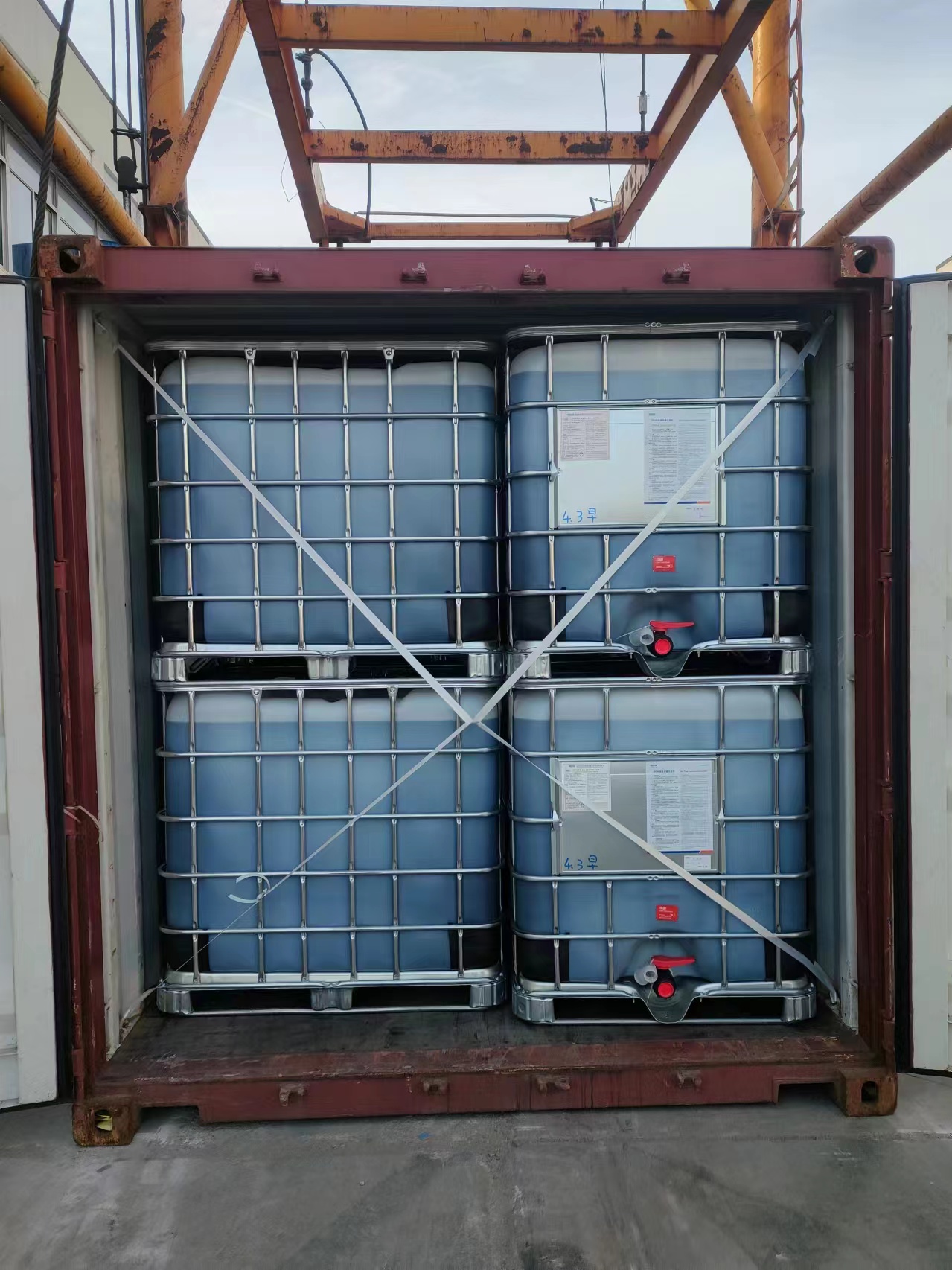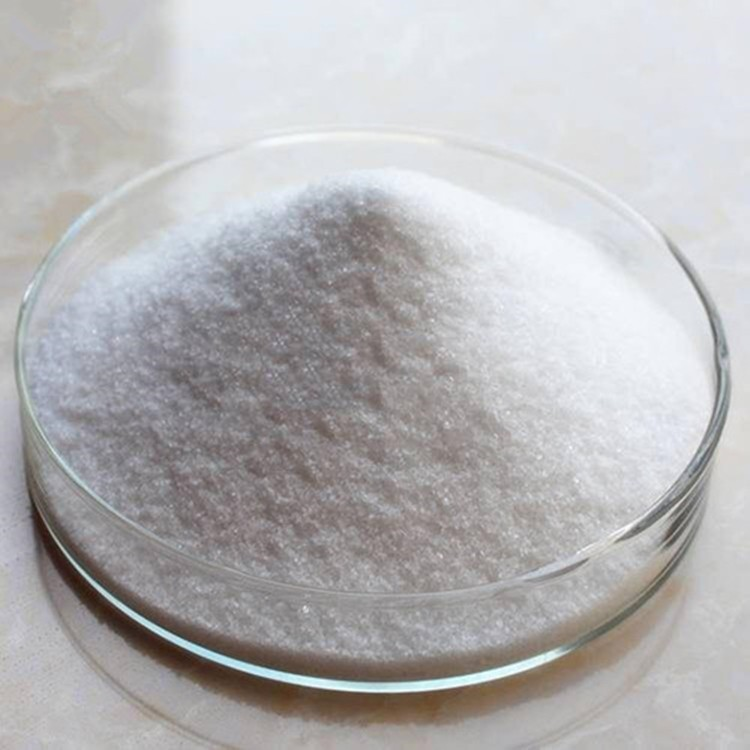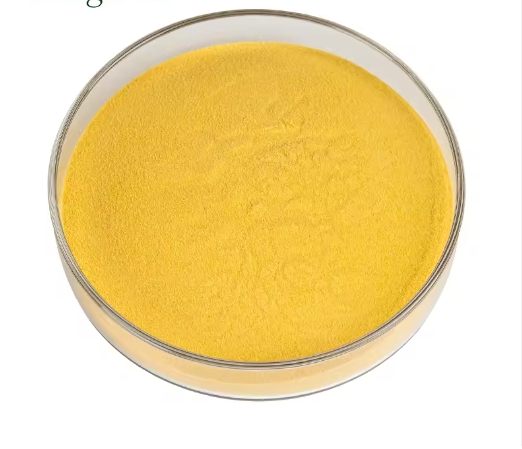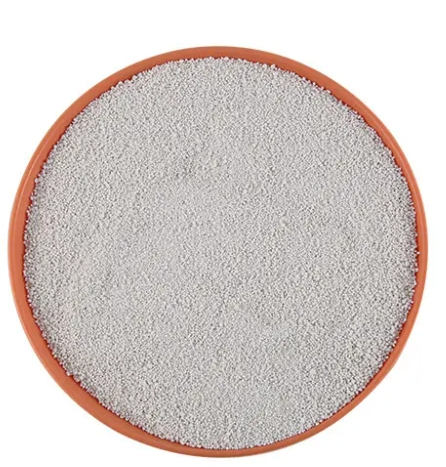

Pyridoxine
Character:
White or almost white crystalline powder or small granule
Assay:
99.37%
Package:
25kg/carton
Storage:
Cool dry place avoid sunlight
Shelf life:
24 months
Application:
Feed additive
DETECTION RESULT
identification:
B:IR absorption; D:Reaction (a)of chlorides
Appearance of solution:
Clear,not more intense than Y₇
pH:
2.6
Content of chloride:
17.2%
Loss on drying:
0.03%
Sulphate ash:
0.01%
Related substances: (1)impurity E:
Not detected
(2)Unspecified impurity:
<0.05%
(3)Total impurities:
<0.05%
(4)Disregard limit::
0.05%
USAGE
Vitamin B6 is a general term for three pyridine derivatives: pyridoxine, pyridoxal and pyridoxamine. Vitamin B6 is a coenzyme in amino acid metabolism and is involved in the metabolism of proteins, sugars and fats. The commercial form of vitamin B6 is mostly pyridoxine hydrochloride, and pyridoxine hydrochloride is mostly used in feed additives.
Pyridoxine is used in animal feed to improve the conversion efficiency of animal protein and to promote growth and development. If vitamin B6 is deficient, growth of young animals is slow or stops. Pigs, dogs, monkeys and other animals show severe anaemia with too few red blood cells and haemoglobin and poor growth. Vitamin B6 deficiency in pigs, the body glutamate metabolism disorders caused by glutamate accumulation in the brain, stimulating the cerebral cortex, resulting in localised to epileptic foci, causing epileptic seizures in pigs. Chickens deficient in vitamin B6 may lead to excitability, neurological symptoms, weak legs, dermatitis, hair loss, hair follicle haemorrhage, increased mortality rate, egg production rate, seed egg hatch rate decreased.
YOU MAY ALSO BE INTERESTED IN THE FOLLOWING PRODUCTS
